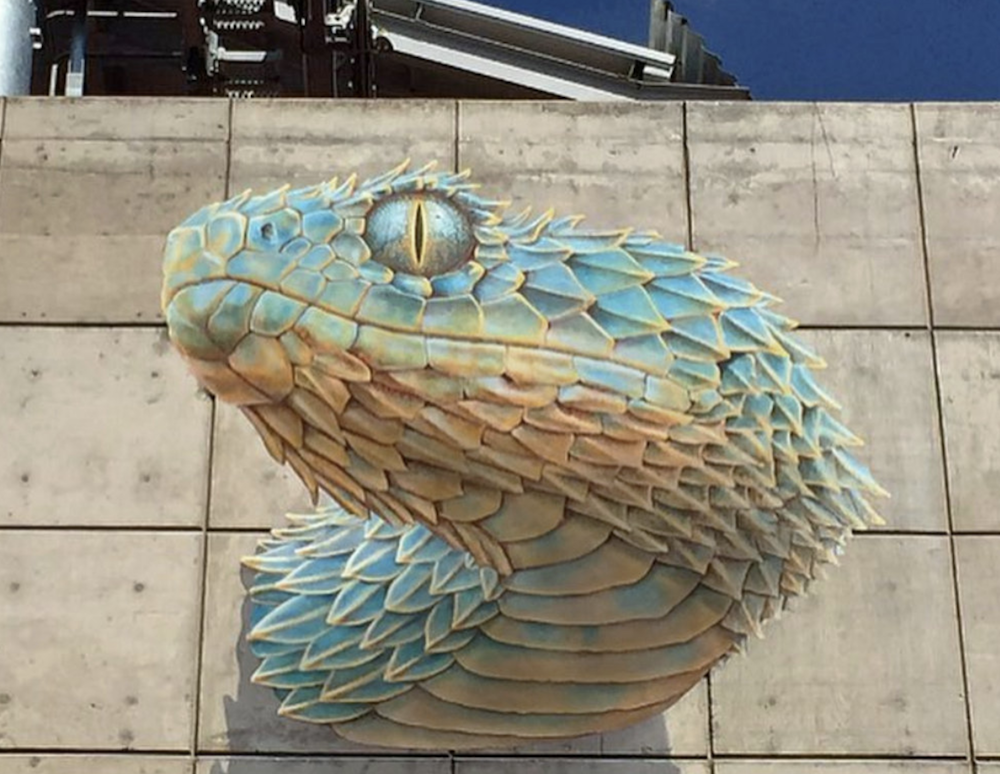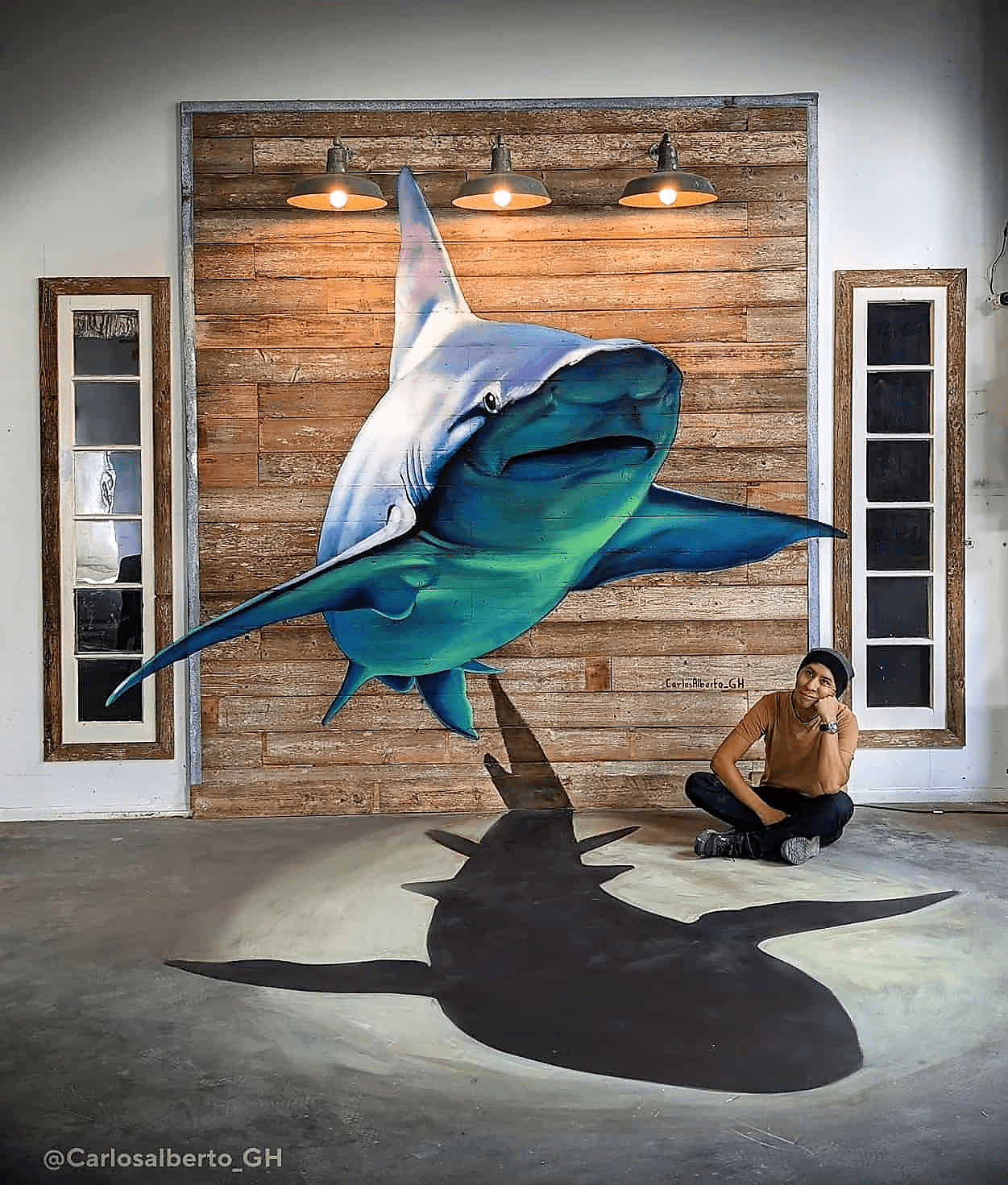

During Art, I have been researching the definition of Trompe I’oeil and making a comparison between Tracy Tawhiao and Picasso.
If you do not know what Trompe L’oeil is, Trompe L’oeil, which in French is “to deceive the eye”, is an art style and an art historical tradition, which is based on illusions, fooling many people into thinking it is the real thing as Trompe L’oeil is an art style that can make many people question themselves the difference between the painted reality and ours.
The origin of Trompe L’eoil began during the earliest days of Trompe L’eoil came from ancient Greek, when a contest was held by two artists who used Trompe L’eoil, Parrhasius, and Zeuxis.
The paintings that these two artists made during the time were first off curtains, made by Parrhasius, which was an illusion art that fooled and tricked many people whole Zeuxis, who painted grapes, which looked realistic enough for even birds who even attempted to eat them, fooled by its realistic look as these two artists have fooled many kinds of people, even fellow artists as this style were later on passed to many generations as artists are being encouraged and convinced paint how their classical predecessors did as even today, Trompe L’eoil nowadays is still being used by many artists.
Tracy Tawhiao and Picasso Comparison:


The first comparison between Tracy Tawhiao and Picasso is that Tracy Tawhiao’s art is mainly based on subversion which is covering the original meaning and turning it into a new meaning, while Picasso, his art is based on a few aspects, one which is very known for Picasso which is Cubism as he was the one who helped invent this which cubism is an art style that presents the vivid human image, his other art styles are based on modernity, Picasso also uses basic aspects of art into his painting such as simple shapes, colors, and not too much depth into them, while Tracy Tawhiao uses aspects of culture into her art as Moari is one of them while she also can mix them up with other cultures, she also adds cultural references such as symbols and motifs.
The common and similar aspects Tracy Tawhiao and Picasso have each other is that, just like Tracy Tawhiao, Picasso also uses Newspaper in his art, they both also give both their art a simple vibe to it as they both apply simple shapes to their art, but they do this, they are also leaving an abstract and deep meaning behind them.
How Tracy Tawhiao and Picasso use Trompe L’eoil is that Picasso, despite not using in-depth or detailed shapes and colors, makes his art similar and relatable to real life as he uses inspiration from what is around him such as the background and materials and places it into his art as he also makes them look 3 dimensional by applying shades around their art. Tracy Tawhiao meanwhile, uses aspects of culture that were going on or some past events in real life, putting it into her art like Picasso, Tracy Tawhiao makes her art relatable and a connection with it in real life as Tracy Tawhiao uses the history of Moari along with other cultures as she adds their backgrounds and culture in her art while adding more meaning to it (Using Subversion) by covering it with a different culture, giving it a relatable connection to not only in real life but also in some past events that occurred.
Im a bit impressed by this Jaren, you have gone above and beyond what I asked for in the task. That is excellent research at this level. I liked that you see the newspaper as a relatable example of subject matter. We all recognise and experience newspapers in our daily lives, whether for information, as a nuisance in the letter box or for cleaning up and protecting surfaces cheaply. That what something Tawhiao saw in newspapers too – relatability. Her childhood home was wallpapered in newspaper. It wasn’t uncommon in poorer homes in the early to mid 20th century. Your understanding here will be VERY useful with your practical work later, which is exactly why we do the research like this.